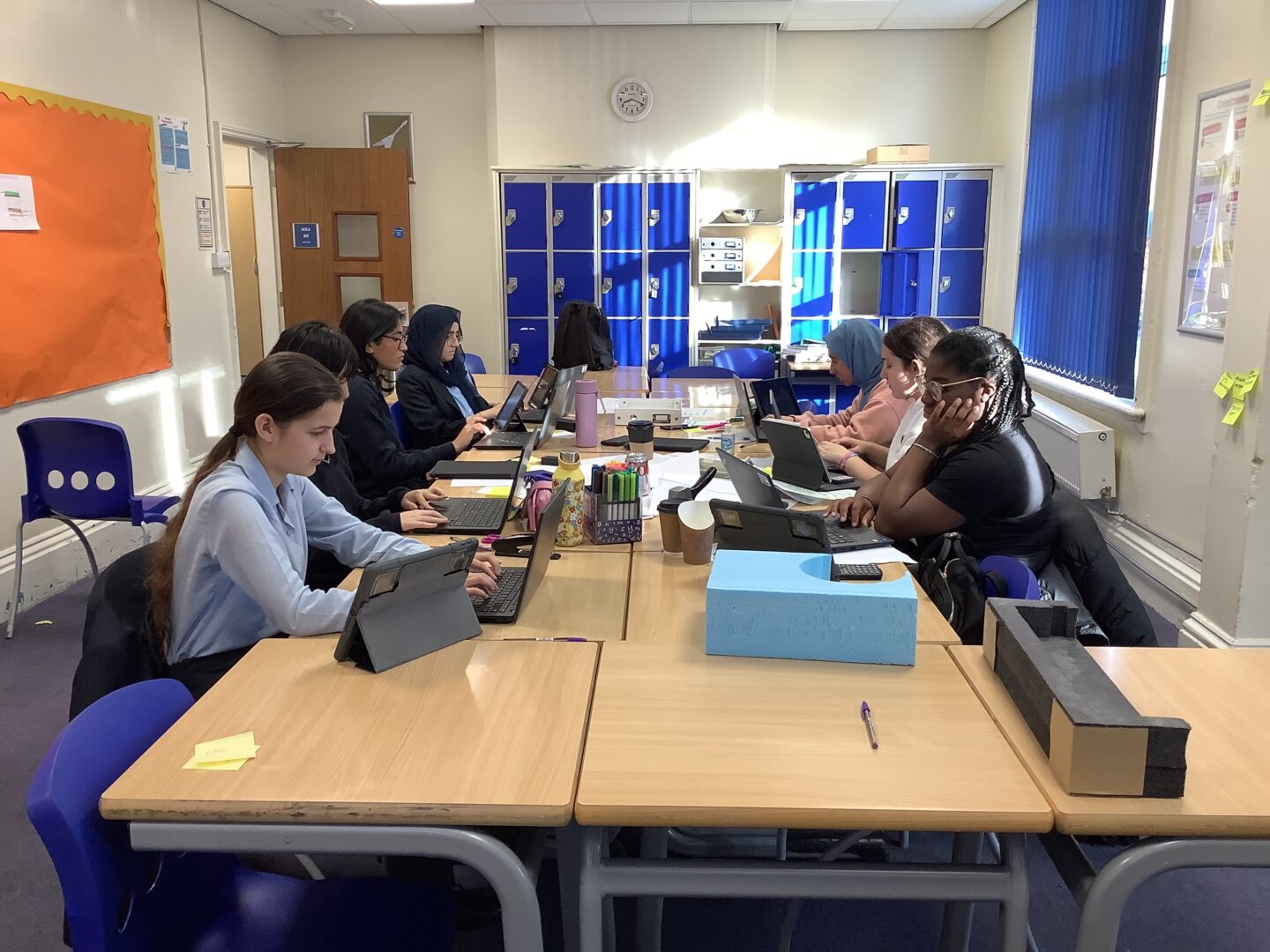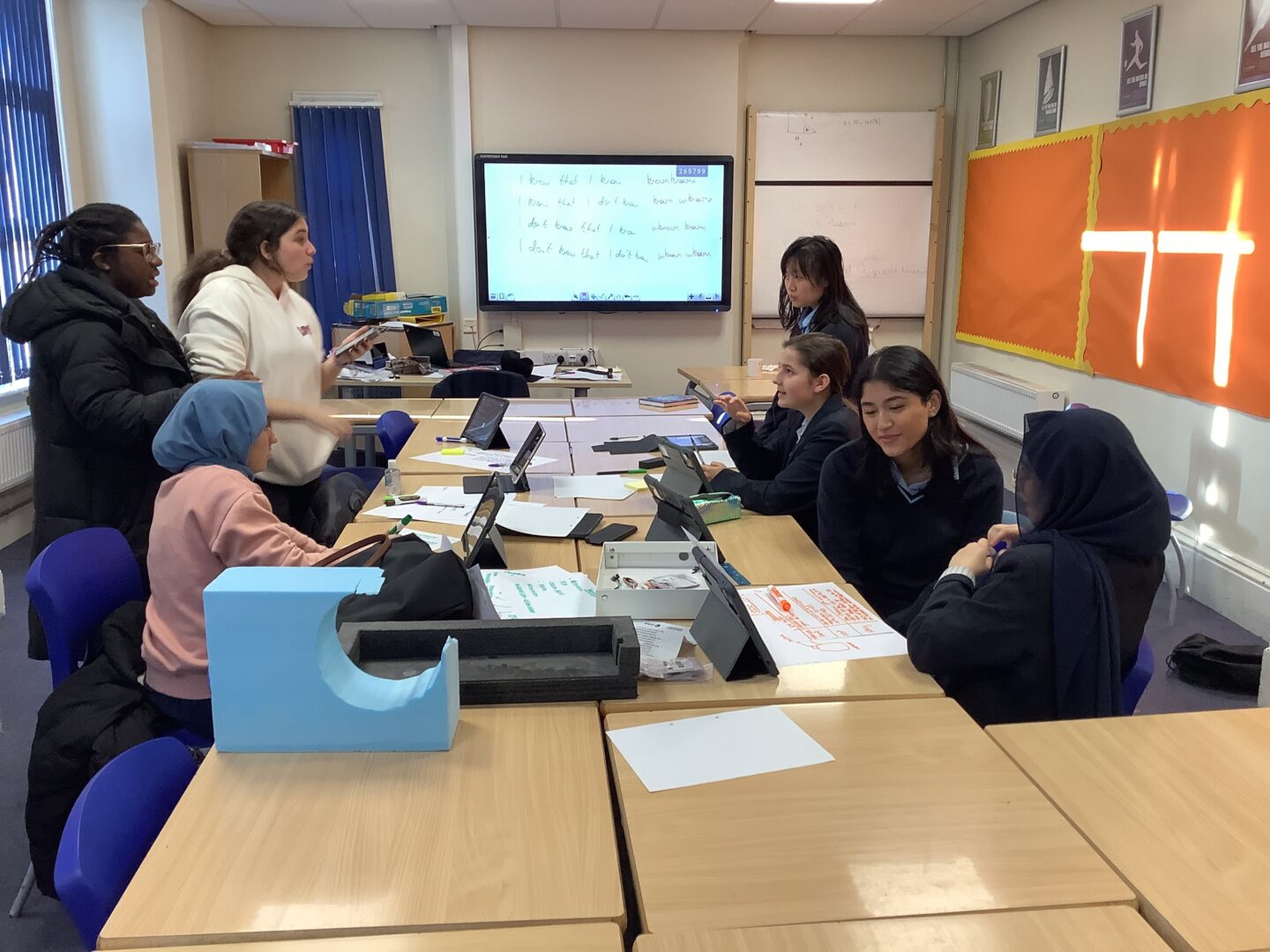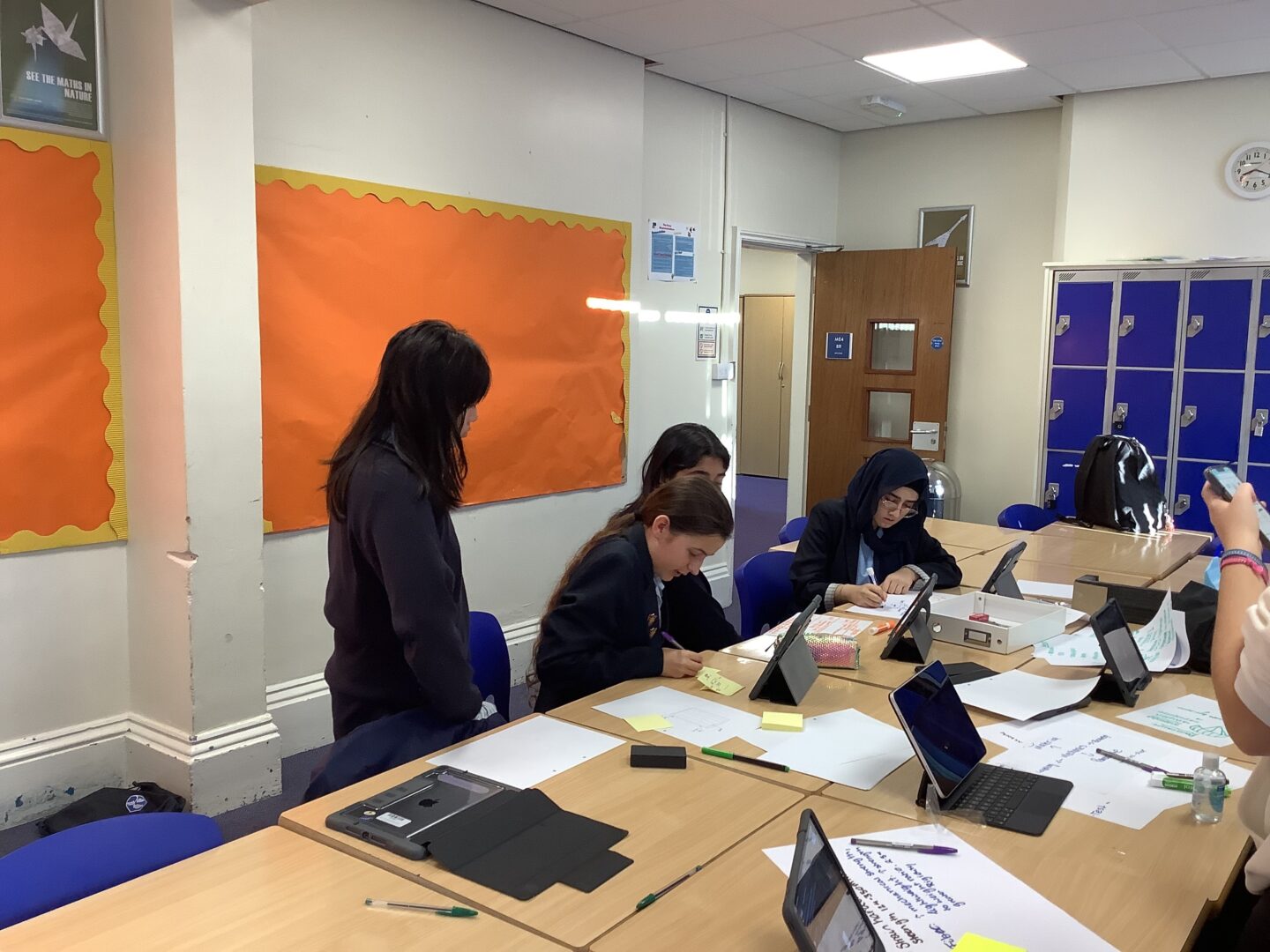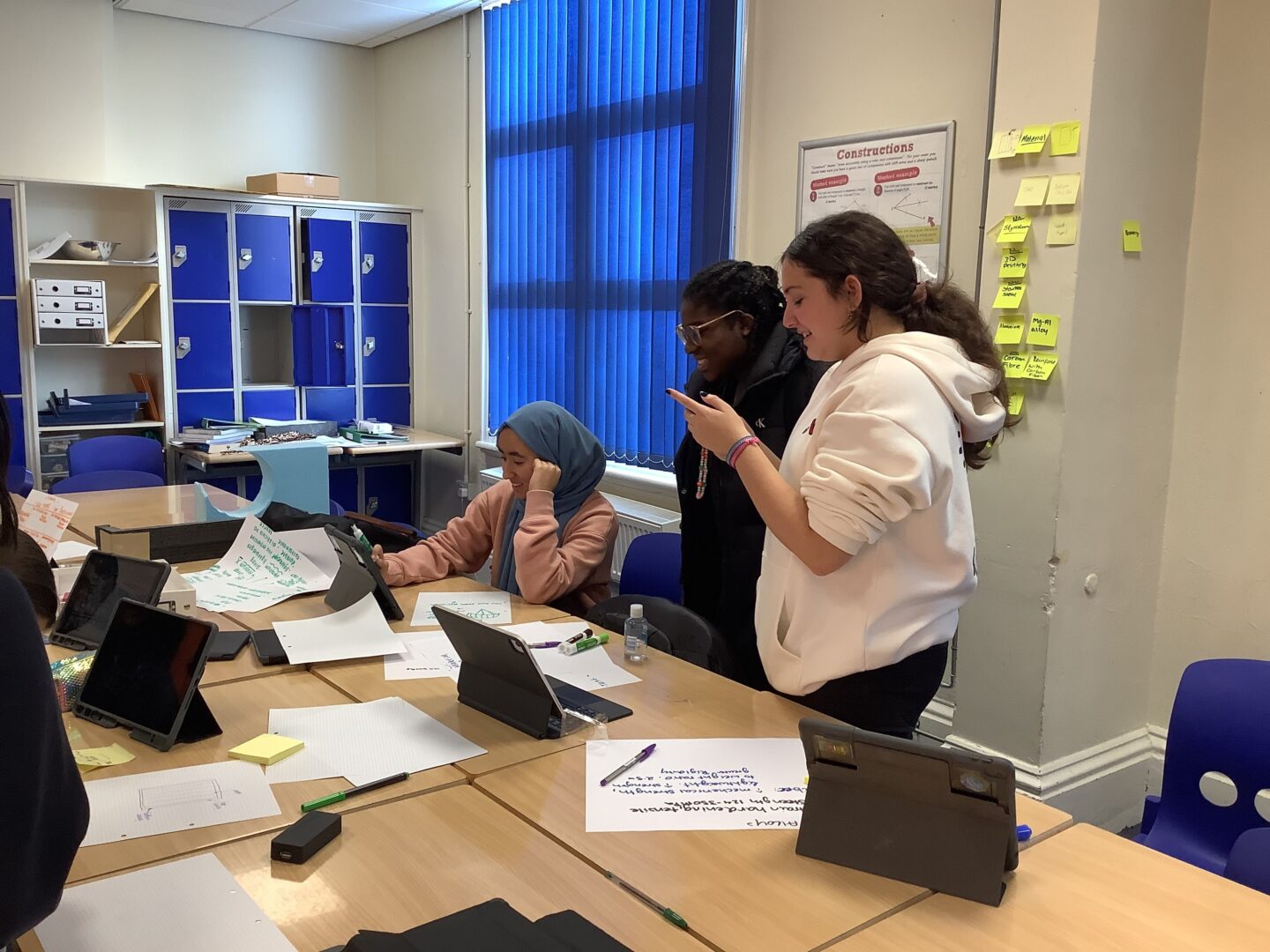A team of girls in Years 10 and 12 are working on a project with the European Space Agency (ESA) to design, build, test and launch a prototype satellite the size of a drinks can. Working to tight deadlines and tighter budgets, the students are working with Mr Rao to learn about integrated design, electronics sub-systems, engineering processes and overcoming challenges. Read about their progress in their own words below. For more information, please contact g.rao@not.gdst.net.
As a group, we decided that we had three key elements of the CanSat to focus on: mechanical, electrical, and software. We did not limit ourselves to one section but, instead, worked to help each other find our strong and weak points in each section. We came up with: a secondary mission, potential can designs, potential risks and ways to cover all areas in our outreach programme.
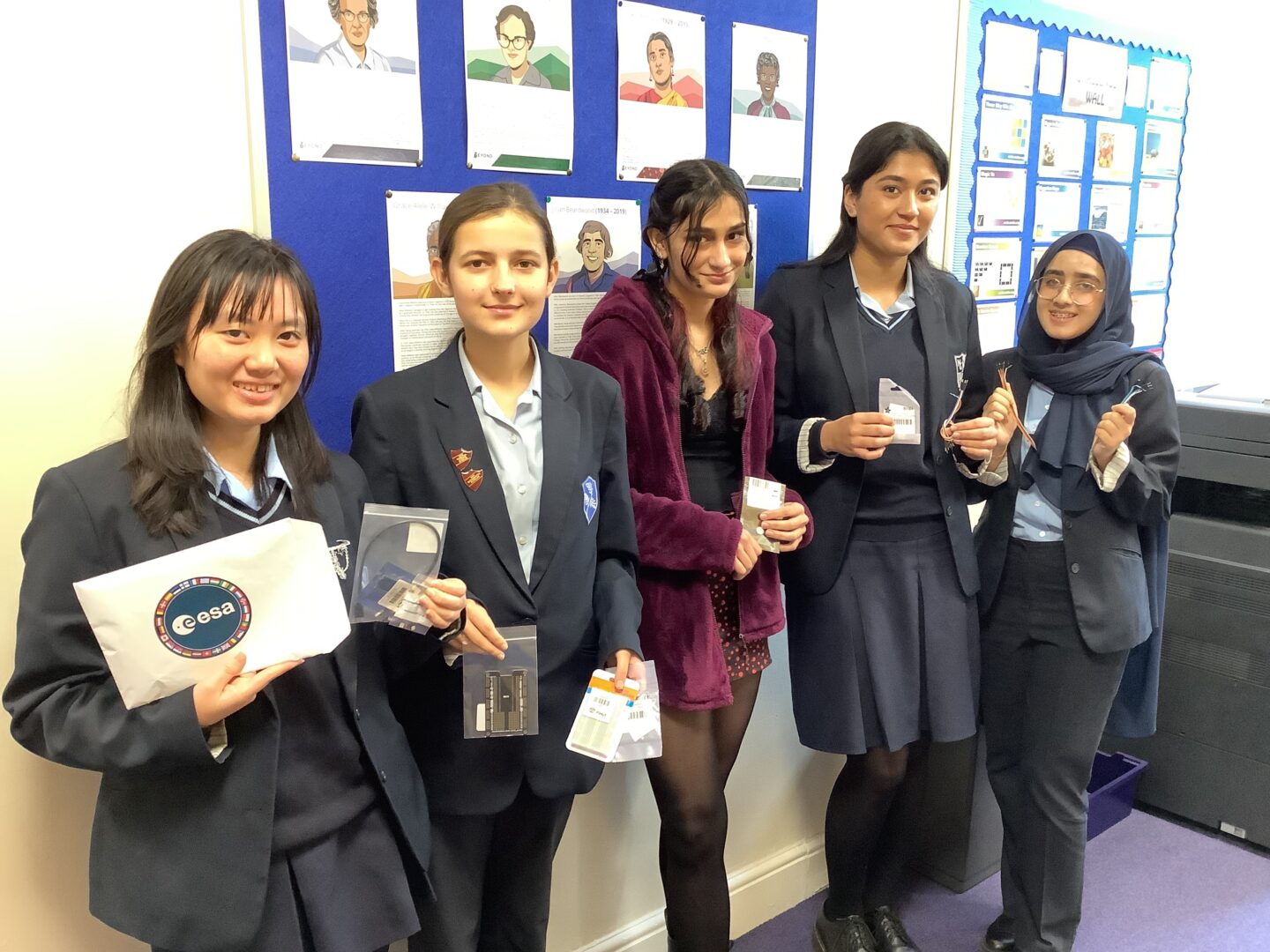
We wrote a Preliminary Design Review covering what we have considered for our design and what we plan to do across the whole project. We have obtained the results and did amazingly across the board, mostly getting merits and some distinctions.
Mechanical
For the mechanical aspect of the CanSat , we decided to first list all the materials that we thought would be suitable for our CanSat and then list the potential advantages and also disadvantages of each, to allow us to shortlist a few materials (styrofoam, magnesium alloy, PLA). We then sketched out a few different designs for our can , and decided to include an open top for our can and also including a plastic casing to reinforce the can.
Electrical
For the electrical aspect of the CanSat we considered a few sensors to use for our secondary mission and will ultimately choose the sensor that fits all of our requirements; cost, size and voltage size. We also drew a few block diagrams to solidify our plan for the electrical design.
Software
For the software aspect of the CanSat we have decided to use MicroPython as that is the language our team is most comfortable with, however we will also develop ideas within the whole team using pseudocode.
